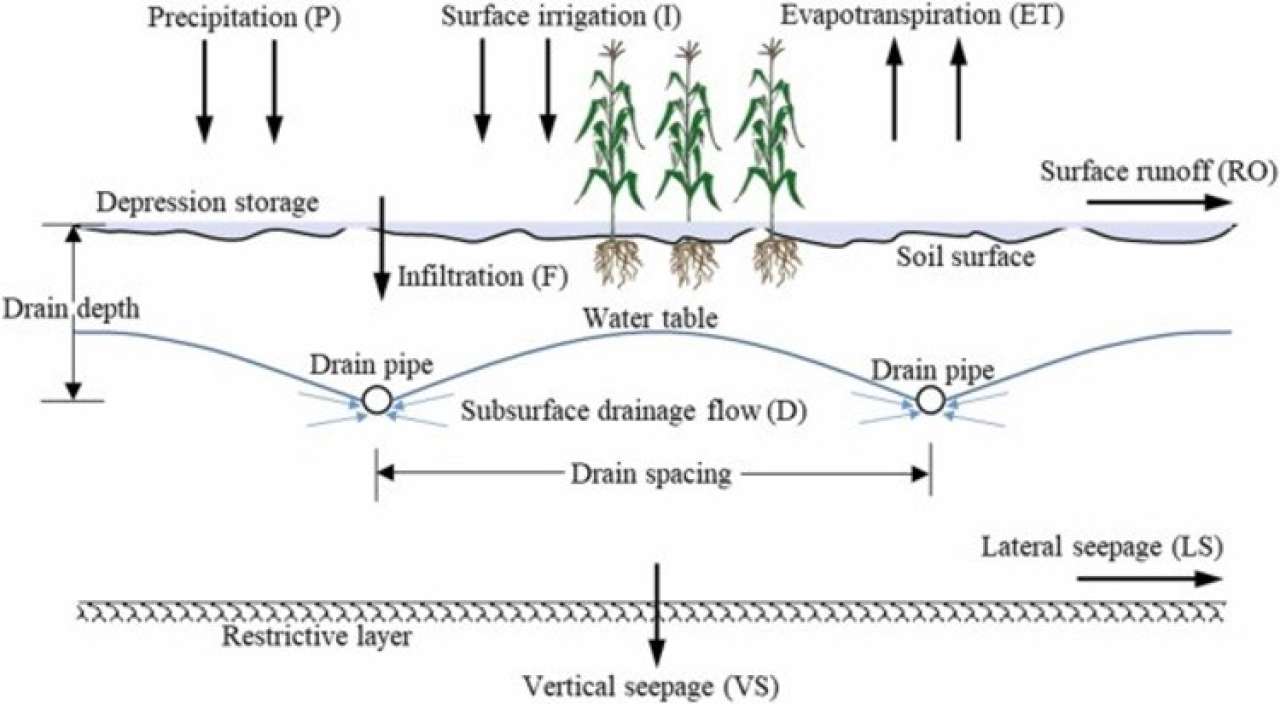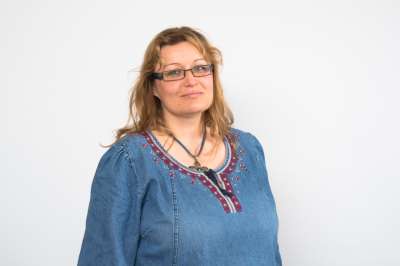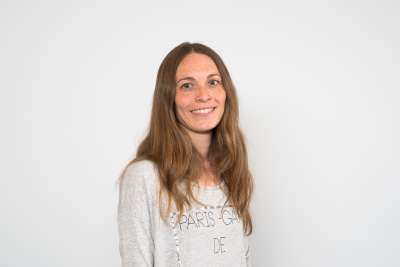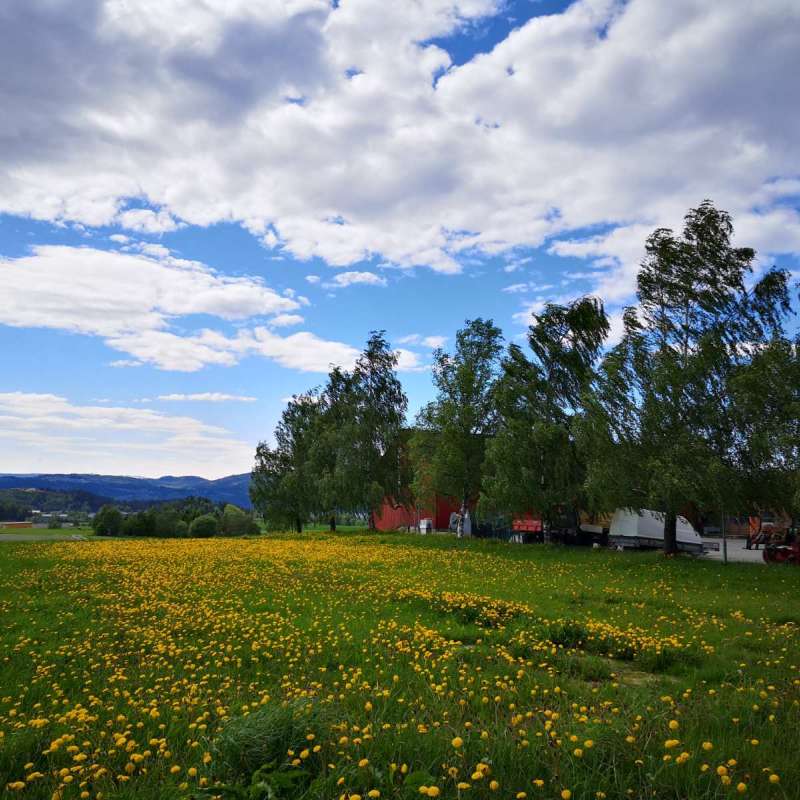DrainMod - NII

Source: Moursi et al, 2022
Research model - DRAINMOD
DRAINMOD is a computer simulation model developed by Dr.Wayne Skaggs at the Department of Biological & Agricultural Engineering, North Carolina State University, Raleigh, NC in 1980. The model simulates the hydrology of poorly drained, high water table soils on an hour-by-hour, day-by-day basis for long periods of climatological record (e.g. 50 years). The model predicts the effects of drainage and associated water management practices on water table depths, the soil water regime and crop yields.
Basic specification of the model:
Name of model | DrainMod-NII | ||
About the model |
| ||
Purpose of model | Drainage systems design | ||
Developer | North Carolina State University, USA, 1980 | ||
Scale |
| ||
Spatial | 1D/semi 2D profile | ||
Temporal | Daily (hourly) | ||
Process description |
| ||
Model type | Process based | Heat | Yes |
Interception | No | Snow dynamics | Yes, based on temperature |
Infiltration & water flow | Yes, Green-Ampt infiltration | Frozen soil | Yes, both heat and water affected |
Surface runoff | Yes, Hortonian and saturation excess | Crop growth | No, but relative yields can be calculated. Can be coupled with other models (DRAINMOD-DSSAT, DRAINMOD-GRASS). |
Macropore flow | No | Nitrogen transport | Yes, to air and water |
Evapotranspiration | Yes | Phosphorus transport | No |
Artificial drainage | Yes | Particle transport | No |
Percolation | Yes | Pesticide transport | No |
Other | - | ||
Contacts


Links
DRAINMOD websiteContacts


Publications
Authors
Sigrun Hjalmarsdottir Kværnø Csilla Farkas Marianne Stenrød Ole Martin Eklo Attila Nemes Jannes Stolte Johannes Deelstra Alexander Melvold EngebretsenAbstract
No abstract has been registered
Authors
Johannes Deelstra Csilla Farkas Alexander Engebretsen Sigrun Kværnø Stein Beldring Alicja Olszewska Lars NesheimAbstract
Abstract
The Skuterud catchment is a small artificially drained agricultural catchment, located in south eastern Norway. The total area of the catchment is 4.5 km2 of which agriculture covers 2.7 km2, forest 1.3 km2 while the rest is occupied by urban area. The main agricultural crops are wheat, barley and oat. The climate is cold temperate continental or subarctic with a winter season, lasting from November -March and characterized by periods with below-zero temperatures and a varying degree of snow cover, interchanged with thaw periods combined with precipitation and runoff. In Norway, melt water, causing surface runoff, is one of the most serious reasons for erosion, in addition to near-saturated soil moisture conditions after longer periods with rainfall during the autumn. Climate change can potentially lead to an increase in the number of freeze/thaw cycles which in addition to the predicted increase in precipitation during the period after the growing season from September - April, might lead to an increase in both the amount of runoff and its intensity, with subsequent adverse effects on erosion and nutrient loss. Models are indispensable tools in the prediction of climate change effects on runoff generation. In this respect, the Drainmod model has been tested on the Skuterud catchment concerning its ability to predict runoff from an artificially drained agricultural catchment under prevailing winter conditions. The results are presented in this paper. If proven successful, the model can be used to predict the long term hydrologic impacts of climate change for the Norwegian conditions
Projects

DrenKlim: Drainage systems in clay soils inTrøndelag - adaptation to changing climate
Drenering av leirjord er forventet å bli stadig mer nødvendig når klimaet endrer seg. Dagens råd om drenering baserer seg i stor grad på data fra eksisterende klima, og det er derfor behov for å benytte tilpassede modeller, slik at vi kan vurdere behovet for grøfting også i et fremtidig klima. Så langt har anvendelse av modeller på leirjord vært vanskelig og gitt utilfredsstillende resultater. Måleresultater fra Kvithamar så langt tyder på at dimensjoneringen av grøftesystemer er utfordrende og vil bli enda mer krevende under fremtidige forhold med endret nedbørmønster.

Division of Environment and Natural Resources
DrenKlim: Drainage systems in clay soils inTrøndelag - adaptation to changing climate
With changing hydrological conditions there is need to evaluate the functioning of drainage systems under future circumstances and to highlight possible needs to redesign them.
